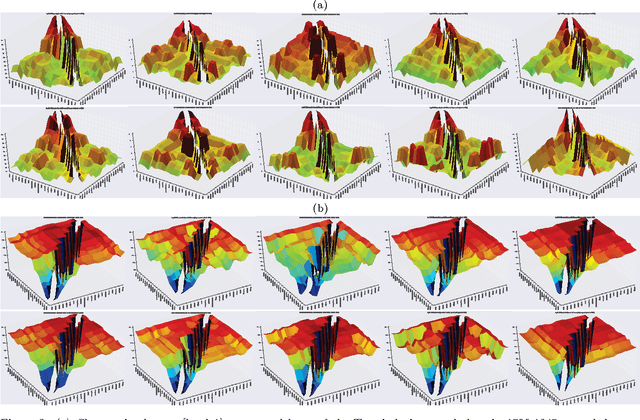A Physical Metaphor to Study Semantic Drift
Paper and Code
Aug 03, 2016


In accessibility tests for digital preservation, over time we experience drifts of localized and labelled content in statistical models of evolving semantics represented as a vector field. This articulates the need to detect, measure, interpret and model outcomes of knowledge dynamics. To this end we employ a high-performance machine learning algorithm for the training of extremely large emergent self-organizing maps for exploratory data analysis. The working hypothesis we present here is that the dynamics of semantic drifts can be modeled on a relaxed version of Newtonian mechanics called social mechanics. By using term distances as a measure of semantic relatedness vs. their PageRank values indicating social importance and applied as variable `term mass', gravitation as a metaphor to express changes in the semantic content of a vector field lends a new perspective for experimentation. From `term gravitation' over time, one can compute its generating potential whose fluctuations manifest modifications in pairwise term similarity vs. social importance, thereby updating Osgood's semantic differential. The dataset examined is the public catalog metadata of Tate Galleries, London.
 Add to Chrome
Add to Chrome Add to Firefox
Add to Firefox Add to Edge
Add to Edge